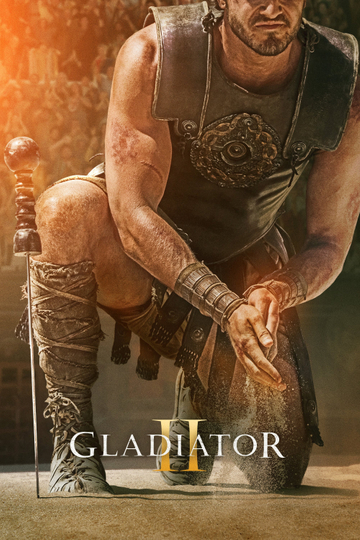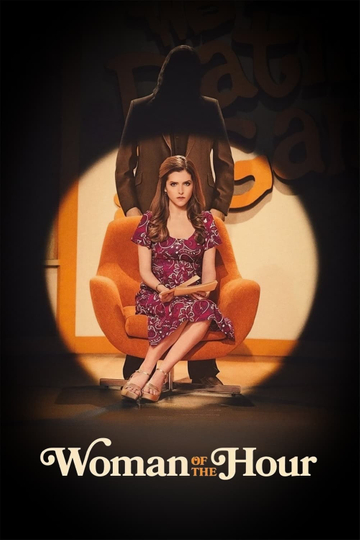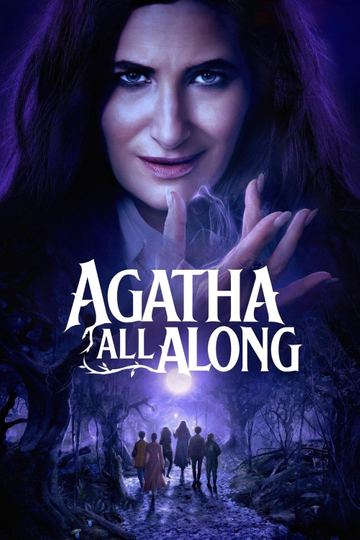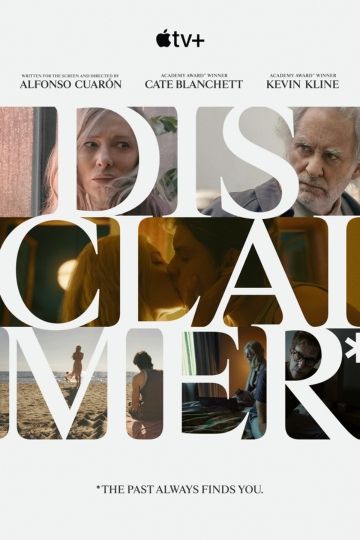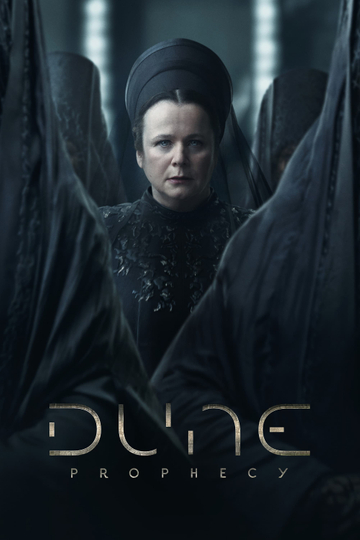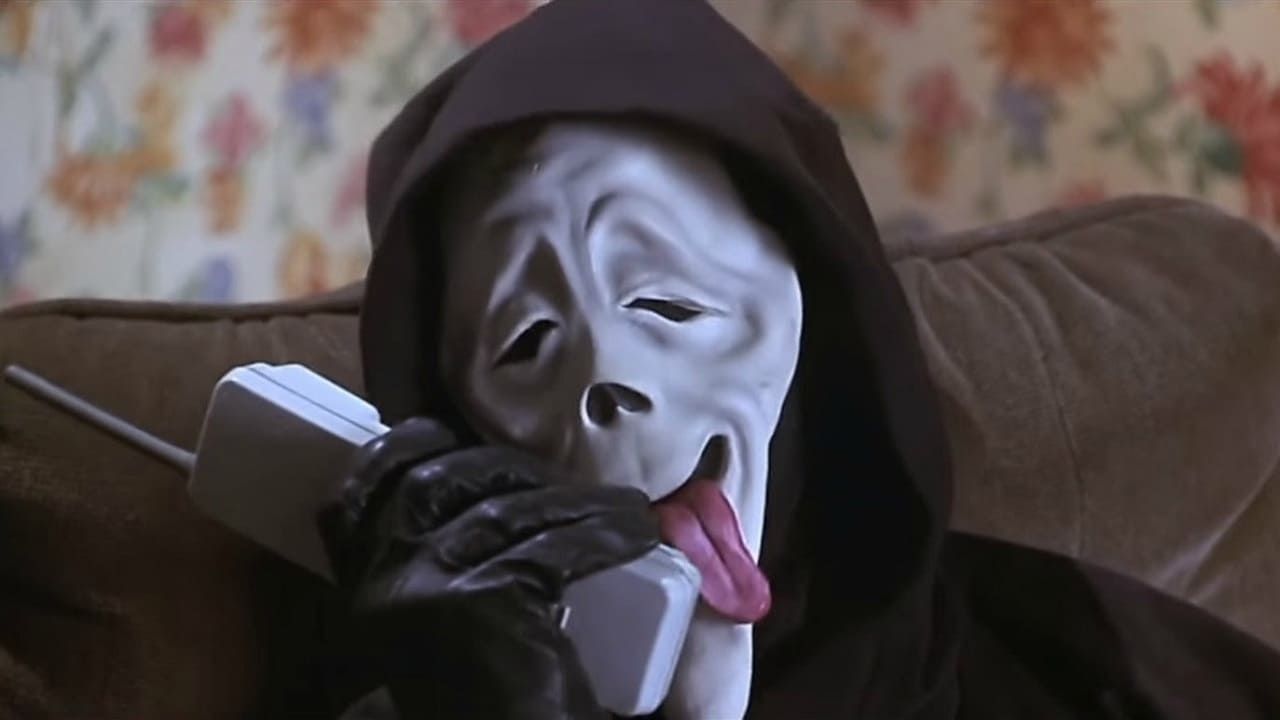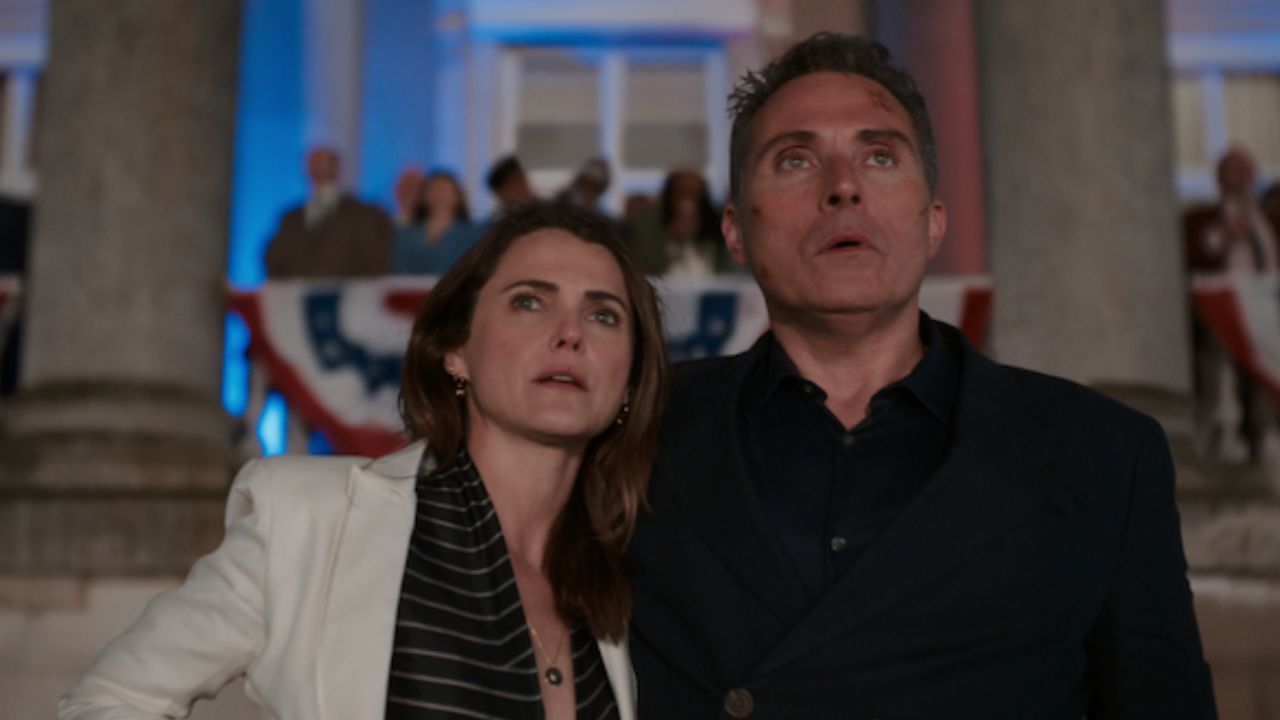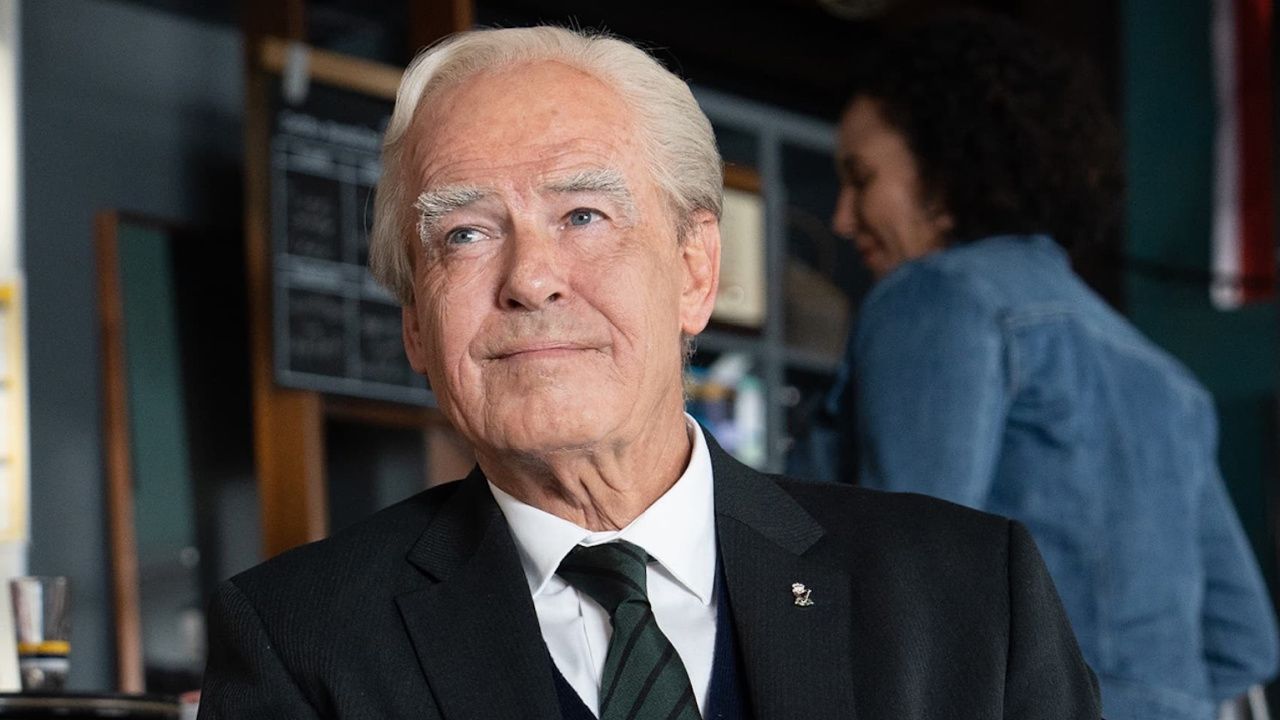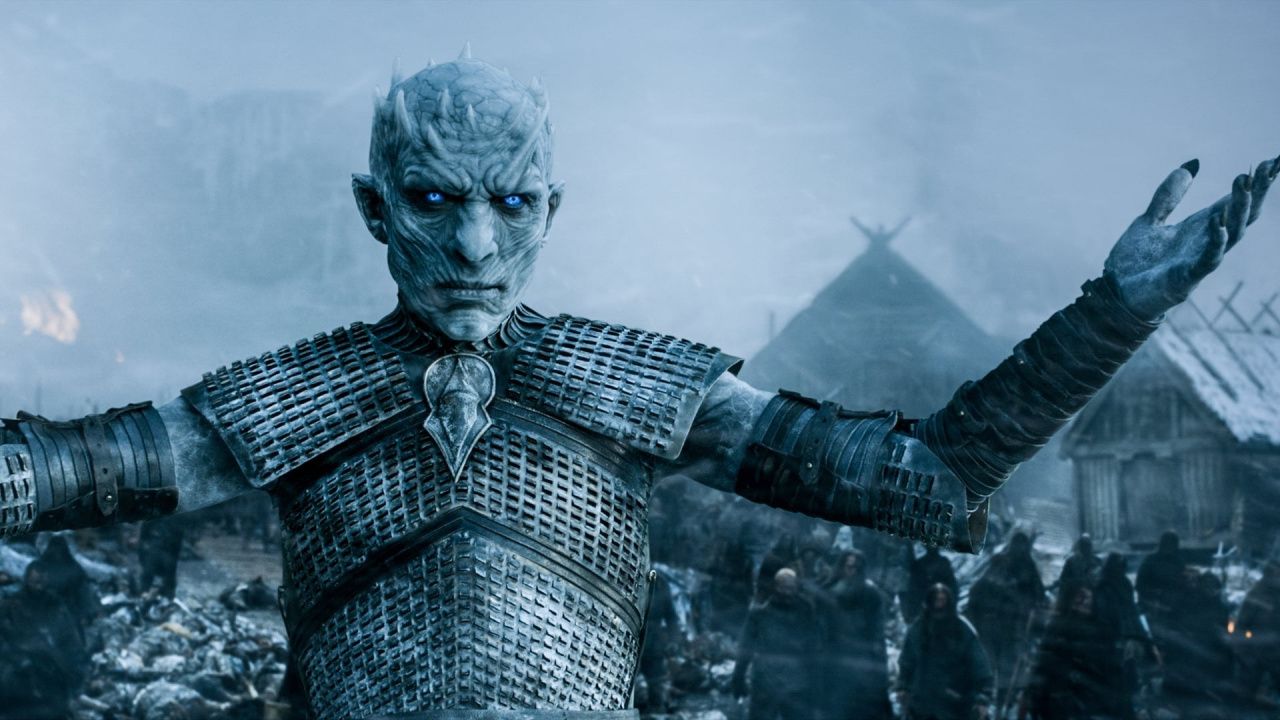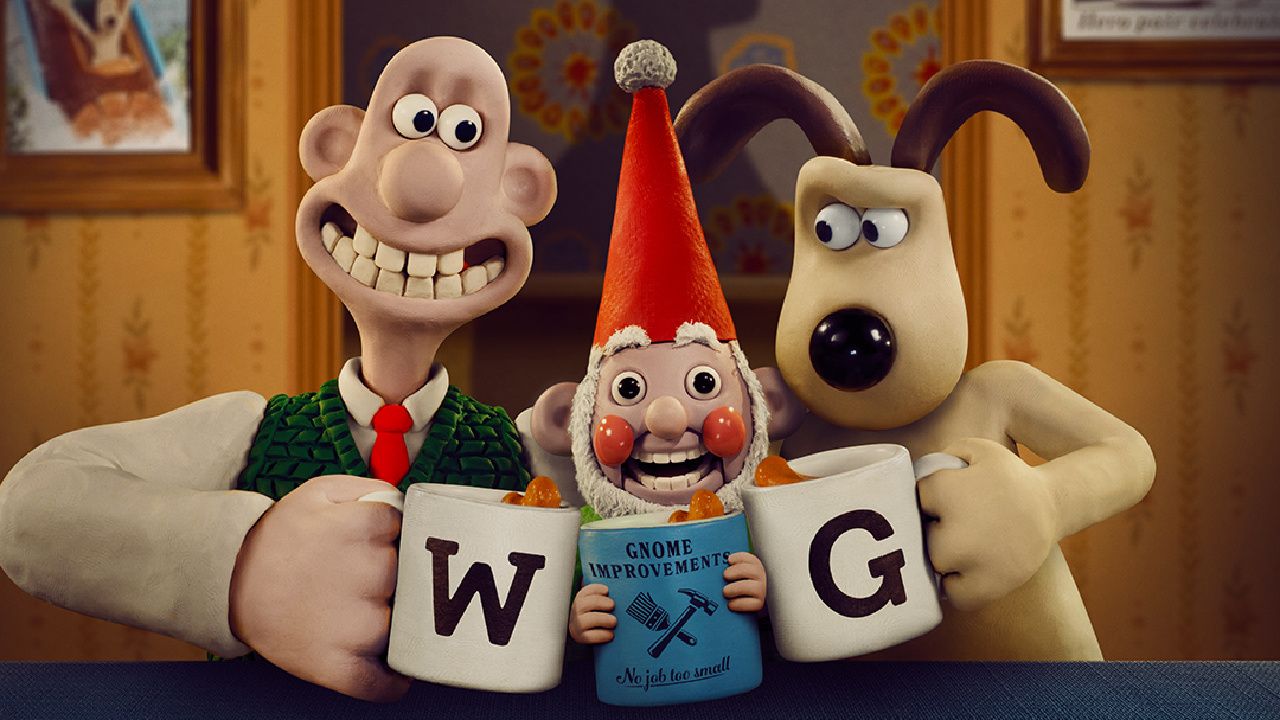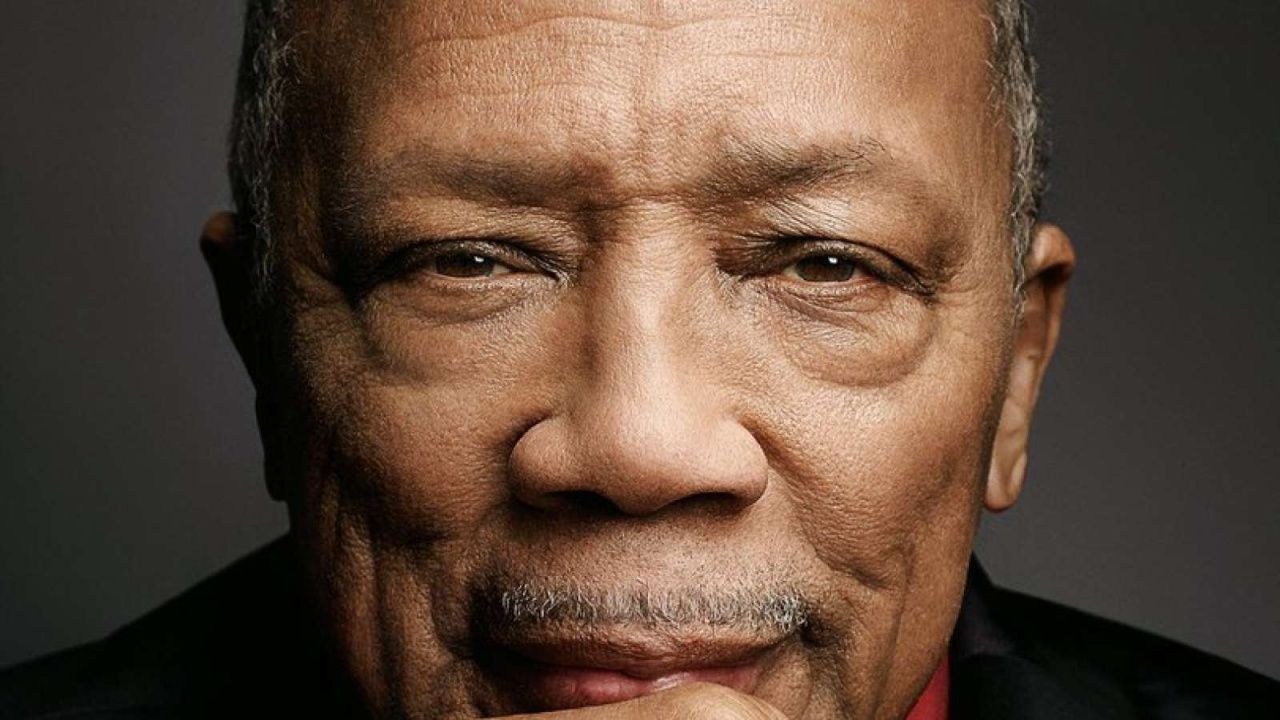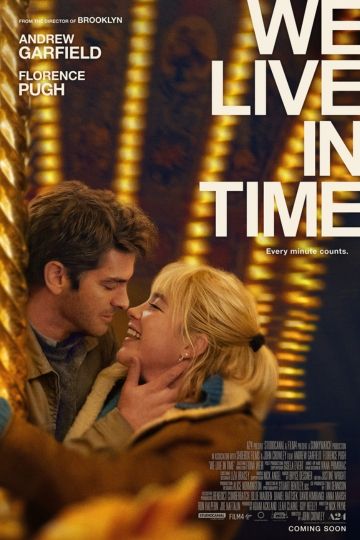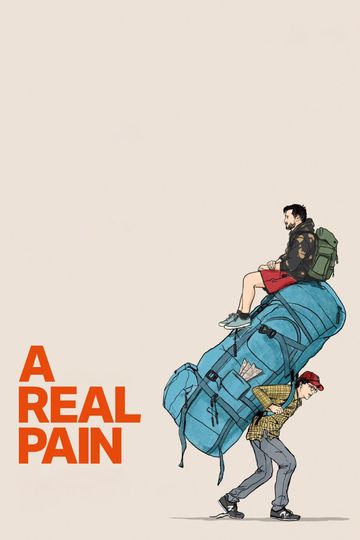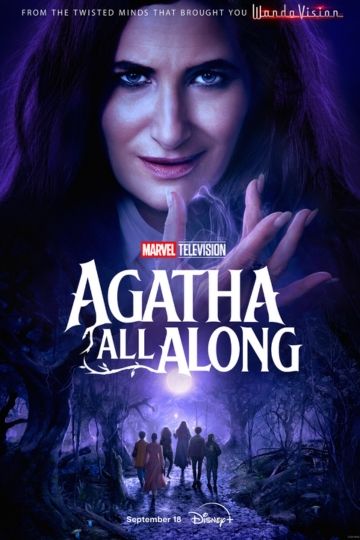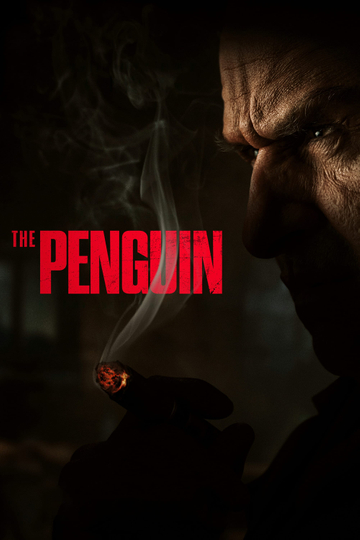The True Stories Behind 10 Unforgettable Horror Movies
Whether you're a fright fanatic, a middle-of-the-row horror fan, or a "someone-dragged-me-here" who barely watches from between terrified, trembling fingers, you've probably noticed an interesting trend: a lot of recent horror movies are based on true stories. At least that's what the filmmakers would have us believe.
The all-too-common "based on a true story" or "based on true events," along with the less reliable "inspired by true events," have become ubiquitous additions to most horror movie marketing campaigns. But this is nothing new. Going all the way back to the "Texas Chainsaw Massacre's" iconic 1974 tagline -- "What happened is true. Now the motion picture that's just as real." -- the truth has always been an important tactic in upping the fear factor for audiences.
If events truly did happen, does that make it more frightening? The recent success of movies like "The Conjuring" (2013), "The Possession" (2012) and "The Haunting in Connecticut" (2009) point to a big "yes," since all of these films had the "truth" of the story front and center in their marketing.
But what about the movies that didn't oversell the fact that they were inspired by or based on actual events? Here's a sampling of some of the most memorable suspense and horror flicks you may not have known were based, at least in part, on a true story.
1. "The Shining" (1980)Those familiar with the story of the caretaker who's driven murderously insane by the spirits haunting the Overlook Hotel may be surprised (and terrified) to learn that the film and Stephen King's novel are based on a real hotel in Estes Park, Colorado: The Stanley Hotel. Many have reported witnessing paranormal activity, including seeing apparitions and hearing loud music, dancing, and voices in the large hotel ballroom, only to find it empty upon investigation.
On October 30, 1974, Stephen King and his wife took a mini-vacation and, because the Stanley Hotel was getting ready to close for the season, found themselves to be the only guests there. They checked into Room 217 (referenced in the book and the film), which was said to be haunted. In 1998, King told the George Andrews McMeel Press: "That night I dreamed of my three-year-old son running through the corridors, looking back over his shoulder, eyes wide, screaming. He was being chased by a fire-hose. I woke up with a tremendous jerk, sweating all over, within an inch of falling out of bed. I got up, lit a cigarette, sat in a chair looking out the window at the Rockies, and by the time the cigarette was done, I had the bones of the book firmly set in my mind."
2. "Bram Stoker's Dracula" (1992)Many know the story of Dracula and have seen Frances Ford Coppola's 1992 film, starring Gary Oldman as the immortal seducer, but did you know that the title character's name and some of his less savory attributes were inspired by a real-life historical figure? Vlad III, Prince of Wallachia (1431–1477), was a member of the House of Drăculești, also known as... Dracula. Posthumously dubbed "Vlad the Impaler," he ruled from 1456 to 1462 during the Ottoman conquest of the Balkans. The name of the title vampire, Count Dracula, in Bram Stoker's 1897 novel "Dracula" was inspired by Vlad's patronymic (a fancy term for a name derived from the name of the father or ancestor) and, as his nickname "the Impaler" would suggest, a reputation for inflicting a specific punishment and a "thirst" for the blood of his enemies.
3. "The Exorcist" (1973)Often hailed as the best -- or, at least, the most terrifying -- horror movie of all time, "The Exorcist" was a runaway hit in its original (and subsequent) release, received universal praise from critics, and racked up 14 Oscar nominations, including Best Picture. Although it's widely known that the film and it's source material were based, in part, on a real case, it makes the story of a young girl possessed by a demon even more terrifying when you discover just how close the truth and fiction actually are.
William Peter Blatty, who wrote both the Oscar-winning screenplay and the bestselling 1971 novel, was first inspired by the 1949 real-life exorcism of a 14-year-old boy. A student at Georgetown University at the time, Blatty spotted an article in the Washington Post entitled "Priest Frees Mt. Rainier Boy Reported Held in Devil's Grip." That story planted the seed for what would become the iconic 1973 film. Decades later, author Thomas B. Allen wrote about the true story in a 1993 book titled "Possessed: The True Story of an Exorcism." According to Allen, the young boy in the case plays with a Ouija board, much like Regan MacNeil (Linda Blair) in "The Exorcist," and communicates with the other side. Small signs of something awry -- a dripping sound, a Bible falling and landing at the boy's feet -- quickly grow more sinister and inexplicable: furniture moving by itself, the boy screaming obscenities in his sleep, and messages in blood appearing on his flesh. Ultimately, two priests performed the rite of exorcism some 20 to 30 times to save the boy from the demonic infestation. Truly scary stuff.
4. "A Nightmare on Elm Street" (1984)How does Freddy Krueger, he of the iconic finger knives, get you? He haunts -- and slaughters you -- in your dreams. If you're wondering how this could possibly be based a true story, check out what iconic horror writer/director Wes Craventold Cinema Fantastique in October 2008:
"It was a series of articles in the LA Times. Three small articles about men from South East Asia, who were from immigrant families and who had died in the middle of nightmares -- and the paper never correlated them, never said, 'Hey, we've had another story like this.' The third one was the son of a physician. He was about twenty-one... Everybody in his family said almost exactly these lines: 'You must sleep.' He said, 'No, you don't understand; I've had nightmares before -- this is different.' He was given sleeping pills and told to take them and supposedly did, but he stayed up. I forget what the total days he stayed up was, but it was a phenomenal amount -- something like six, seven days. Finally, he was watching television with the family, fell asleep on the couch, and everybody said, 'Thank god.' They literally carried him upstairs to bed; he was completely exhausted. Everybody went to bed, thinking it was all over. In the middle of the night, they heard screams and crashing. They ran into the room, and by the time they got to him he was dead. They had an autopsy performed, and there was no heart attack; he just had died for unexplained reasons. They found in his closet a Mr. Coffee maker, full of hot coffee that he had used to keep awake, and they also found all his sleeping pills that they thought he had taken; he had spit them back out and hidden them. It struck me as such an incredibly dramatic story that I was intrigued by it for a year, at least, before I finally thought I should write something about this kind of situation."
5. "Hard Candy" (2005)"Hard Candy" centers on an alleged sexual predator (Patrick Wilson) who attempts to seduce a 14-year-old girl (Ellen Page), only to be lured into a twisted table-turning trap. When interviewed about his "hunter becomes the hunted" psychological thriller, producer David W. Higgins said the idea for the film was inspired by a news story on "20/20" that got him thinking about the identity of a "predator" not being who you might expect. Brian Nelson, the movie's writer and producer, told Moviefreak.com that Higgins "read about a case in Japan about a group of schoolgirls who would flirt with men online only to ambush him as a team later on. They would beat him, take his money, things like that. He thought there was an idea there for a thriller, a teenage vigilante stalking online pedophiles."
6. "Misery" (1991)"Misery," another film based on a book from prolific horror author Stephen King, tells the story of an obsessed fan holding her favorite writer captive, forcing him to write the story she wants... or else. It's assumed that "Misery" was inspired, in part, by the overwhelmingly negative reaction King's fans had to his fantasy novel "The Eyes of the Dragon," which was rejected outright because it didn't fall into the author's successful catalog of horror fiction. King felt overwhelming pressure to write within horror genre, just as "Misery's" Paul Sheldon (James Caan) feels so tied to his Misery series of books.
The villainous, fanatical Annie Wilkes (Kathy Bates), however, was inspired by King's inner demons. In 2006, the author told the Paris Review that his inspiration for Annie was more metaphorical. "Take the psychotic nurse in "Misery," which I wrote when I was having such a tough time with dope. I knew what I was writing about. There was never any question. Annie was my drug problem, and she was my number-one fan. God, she never wanted to leave."
7. "The Birds" (1963)Although Alfred Hitchcock's "The Birds" was based on the novelette of the same name by Daphne du Maurier, he happened upon some startling research two years before the film was released: a real life "invasion" of birds that occurred in Santa Cruz, Calif. After the Santa Cruz Sentinel documented the event, Hitchcock reportedly asked the publication for a copy of the story. The "invasion" in Santa Cruz is shockingly similar to what transpires the film's fictional Bodega Bay. From the original article in August, 1961: "A massive flight of sooty shearwaters, fresh from a feast of anchovies, collided with shoreside structures from Pleasure Point to Rio del Mar during the night... Dead, and stunned seabirds littered the streets and roads in the foggy, early dawn. Startled by the invasion, residents rushed out on their lawns with flashlights, then rushed back inside, as the birds flew toward their light..."
Hitchcock phoned to let the Sentinel know he would be using the piece, entitled "Seabird Invasion Hits Coastal Homes; Thousands of Birds Floundering in Streets," as research for his film less than three days later.
8. "The Serpent and the Rainbow" (1988)Another from horror master Wes Craven, this 1988 film is based on the book of the same name by Harvard Ph.D. Wade Davis. Davis's book centers on the case of Clairvius Narcisse, a man who had "been a zombie" for two years and was allegedly poisoned, buried alive, and revived with an herbal brew. Dr. Davis journeyed to Haiti in search of the drug used in zombification rituals. Wes Craven's film version varies from Davis's experiences: Davis was not arrested by the secret police or buried alive like the protagonist, for a start. But Craven does not neglect the book's picture of Haitian culture, while also mining the universal terror of the undead and premature burial.
9. "Jaws" (1975)Winner of three Oscars and nominated for Best Picture, "Jaws" is often credited with creating the phenomenon of the summer blockbuster. The movie (and the novel it's based on) is, in part, a true story. But not the one you might have heard. Author Peter Benchley's story of an overzealous shark repeatedly attacking a beach community in the height of tourist season is erroneously connected to a series of shark attacks along the Jersey shore in 1916. Because of similarities in number of victims (four dead, one injured), panic in the coastal community, and the hypothesis that the shark was either a bull or a great white, many news outlets still mistakenly cite these attacks as the inspiration for the film.
Although aware of those attacks in 1916, Benchley adamantly denied any correlation. He did, however, admit that he dreamed up the concept for "Jaws" when he happened upon an article about a great white shark caught by fisherman Frank Mundus in 1964. Benchley references the incident in the introduction to his book: "I read an item in a newspaper about a fisherman who harpooned a 4,500-pound great white shark off Long Island. I remember thinking at the time, Lord! What would happen if one of those monsters came into a resort community and wouldn't go away?"
Frank Mundus, the fisherman who caught the 4500-pounder, is often cited as the inspiration for Quint, Robert Shaw's shark hunter in the film. Although Benchley denied that correlation, too, Mundus told the New York Times, "If he just would have thanked me, my business would have increased. Everything he wrote was true, except I didn't get eaten by the big shark. I dragged him in."
10. "The Silence of the Lambs" (1991)Many quibble over whether or not "Silence" qualifies as a high-brow horror film (as some of the filmmakers suggest) or a world-class suspense thriller. Either way, the story of a young FBI trainee who enlists the help of a brilliant, incarcerated serial killer / psychiatrist to catch a serial killer at large has terrified audiences since its release on Valentine's Day, 1991. (It also won five Oscars, including Best Picture, Director, Screenplay, Actor and Actress).
Thomas Harris, who wrote the book Ted Tally's Oscar-winning script is based on, drew on several real-life cases when fashioning the story and creating serial killer Buffalo Bill. Ted Bundy lured his victims using a fake cast and injuries, just like Buffalo Bill; Bundy also offered to help authorities by creating a profile of the Green River Killer, a prolific serial killer who was operating while Bundy was incarcerated. This, of course, is reminiscent of Hannibal Lecter's (Anthony Hopkins) "quid pro quo" deal with Clarice Starling (Jodie Foster). In addition, as fictional Jame "Buffalo Bill" Gumb (Ted Levine) keeps his victims in a well, serial killer Gary Heidnik murdered and tortured six women after keeping them in a pit in his Philadelphia basement.
Perhaps the most influential story -- not just for "Silence" but many other works of horror fiction -- is that of killer Ed Gein, who used body parts for his wardrobe and furniture. Gein also hoped to create a "woman suit" to wear in his mother's honor, after their twisted relationship came to an end. Gein's crimes -- and his murderous, bizarre relationship with his mother -- also served as inspiration for Hitchcock's horror masterpiece "Psycho" (1960) and the bloody "The Texas Chainsaw Massacre" (1974).

